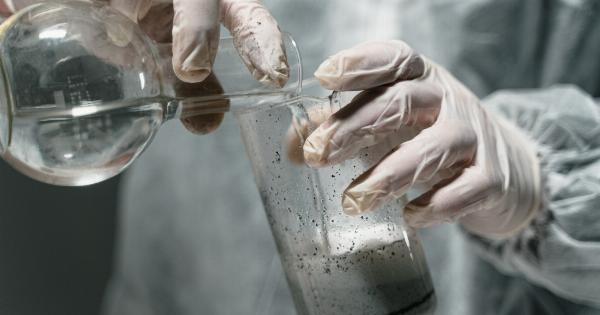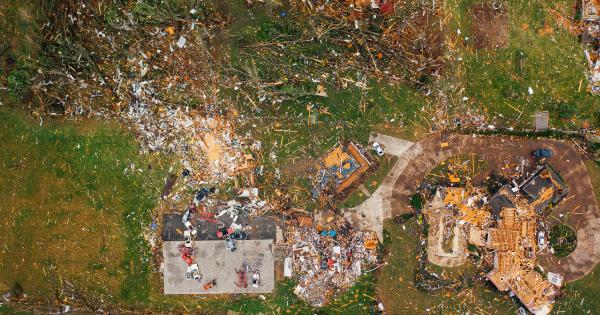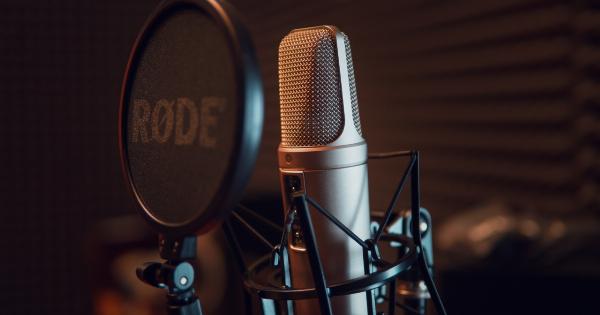The laughing balloon epidemic has been sweeping the nation, especially among young people. This dangerous high, also known as nitrous oxide or laughing gas, has become a popular party drug due to its affordable price and easy accessibility.
What is Nitrous Oxide?
Nitrous oxide is a colorless, non-flammable gas that is commonly used in dentistry and surgery as an anesthetic. It is also used as a propellant in whipped cream cans.
It has a sweet smell and taste and is often referred to as “laughing gas” because of the euphoric feeling it can produce.
The Dangers of Nitrous Oxide
Although nitrous oxide is commonly used in medical settings, it can be dangerous when used recreationally. The gas inhibits the body’s ability to absorb oxygen, which can lead to hypoxia, a condition where the body’s vital organs are deprived of oxygen.
This can cause irreparable damage to the brain and other organs and can even lead to death.
Recreational use of nitrous oxide has also been linked to vitamin B12 deficiency, a condition that can cause serious neurological damage, especially when left untreated.
Why is Nitrous Oxide so Popular?
Despite the dangers, nitrous oxide remains a popular party drug, in part due to its affordability and accessibility.
The gas can be purchased in bulk from online retailers or brick and mortar stores and is often sold at music festivals and other events.
In addition to its affordability and accessibility, nitrous oxide is also popular because of the short-lived but intense high it produces. The gas is typically inhaled from balloons, and the effects can last anywhere from a few seconds to a few minutes.
During this time, users experience a sense of euphoria and heightened sensory experiences.
The Risks of the Laughing Balloon Epidemic
The rise of the laughing balloon epidemic is a cause for concern, particularly because of the young age of many of its users. Nitrous oxide can be particularly dangerous for young people whose brains are still developing.
Recreational use of the gas has been linked to increased risks of depression, anxiety, and other mental health disorders.
Moreover, the popularity of nitrous oxide has led to an increase in the number of accidents and fatalities linked to the drug. In 2018, a 22-year-old man died after inhaling nitrous oxide at a music festival in the UK.
In the same year, a 24-year-old man died from hypoxia after inhaling the gas while driving.
What Can Be Done to Combat the Laughing Balloon Epidemic?
Education is crucial in combating the laughing balloon epidemic. Young people need to be informed of the dangers associated with nitrous oxide, both in the short and long term.
Parents and educators can play a critical role in raising awareness of the risks and in promoting healthy alternatives to drug use.
Law enforcement also has a role to play in combating the epidemic. In some countries, the sale of nitrous oxide is already regulated, and efforts to crack down on illegal sales and use of the gas are ongoing.
However, more needs to be done to restrict access to the gas and to discourage its use among young people.
The Importance of Seeking Help
If you or someone you know is struggling with addiction or drug use, it is important to seek help. There are many resources available for those who are looking to overcome addiction, including therapy, support groups, and treatment centers.
Reaching out for help can be the first step in achieving long-term recovery.
Conclusion
The laughing balloon epidemic is a dangerous trend that has taken hold among young people. Although nitrous oxide may seem like a harmless party drug, it can have serious and potentially deadly consequences.
By educating young people about the risks and by taking steps to restrict access to the gas, we can work to combat this epidemic and promote healthier alternatives to drug use.






























